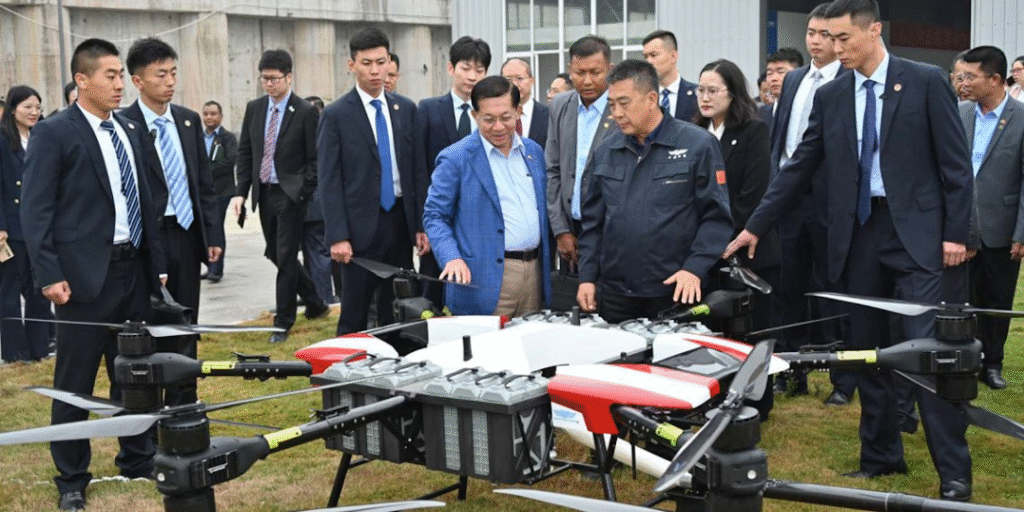Myanmar Spring Chronicle – August 9 Perspective
(Published by MoeMaKa, August 10, 2025)
Myanmar Junta Attempts to Regain Military Momentum
The military junta led by Min Aung Hlaing had suffered serious political and military setbacks by mid-2024 — losing control of many towns, regional command bases, and territories. However, about a year later, the junta was able to retake certain towns through offensives, and regain control of Lashio and the Northeast Regional Command without fighting. From a position of intense defensive warfare throughout much of 2024, the junta by mid-2025 has shown some capability to go on the offensive, retaking some towns and bases.
In terms of diplomacy, the junta has regained limited engagement with ASEAN, and has seen a slight uptick in international contact compared to the previous year.
The upcoming election, planned for the end of 2025, is now being used as a political tool to help the junta regain international legitimacy and engagement.
In 2024, the military lost a large number of towns in northern Shan State, towns and bases in Kachin State, and nearly 90% of Rakhine State’s territory. It also lost key natural resource-rich areas like Hpakant (jade) and special regions in Kachin, as well as Mogok (known for rubies), Thabeikkyin, and Singu in Mandalay.
Amid these defeats, the shift in China’s stance in August 2024 was a critical turning point for the junta — seen as a lifeline when it was nearly drowned. China, which had supported the Three Brotherhood Alliance early in the Operation 1027 offensive, appeared to reassess its position as the tide turned, and later aligned with the junta, apparently in exchange for the junta agreeing to hold elections as China desired.
The junta also used the large earthquake in the Sagaing–Mandalay region as a strategic opportunity. It accepted international humanitarian aid, which allowed ASEAN foreign ministers to visit Naypyitaw — an important diplomatic opening for the otherwise isolated regime.
Following the earthquake, international and ASEAN actors called for a ceasefire for humanitarian reasons, and the junta unilaterally declared a ceasefire, prompting some ethnic armed groups and NUG to also pause operations. However, despite the declared ceasefire, the junta continued airstrikes for more than four months, including after the earthquake period.
In response to devastating drone attacks during Operation 1027, the junta spent over a year purchasing drone technology, establishing drone units, and enhancing aerial capabilities. Its recent recapture of Nawnghkio and Thabeikkyin is now being used to boost troop morale and showcase strength. Meanwhile, in Kachin State, it continues attempts to retake Hpakant and has recently recaptured an artillery battalion in the long-fought Bhamo and Sakhanthit 21 battles.
While the junta is now struggling to regain momentum, resistance forces are showing signs of internal tensions and competition, especially around control of reclaimed areas and natural resources. These emerging conflicts of interest may provide opportunities for the junta if not carefully managed.
With the international community distracted by other global conflicts and showing more interest in economic or security concerns than in democracy, it is increasingly important for Myanmar’s resistance alliances to maintain internal unity, and resolve disputes cooperatively. Their ability to manage inter-group relations and territorial governance will be crucial in determining how the revolution progresses.

